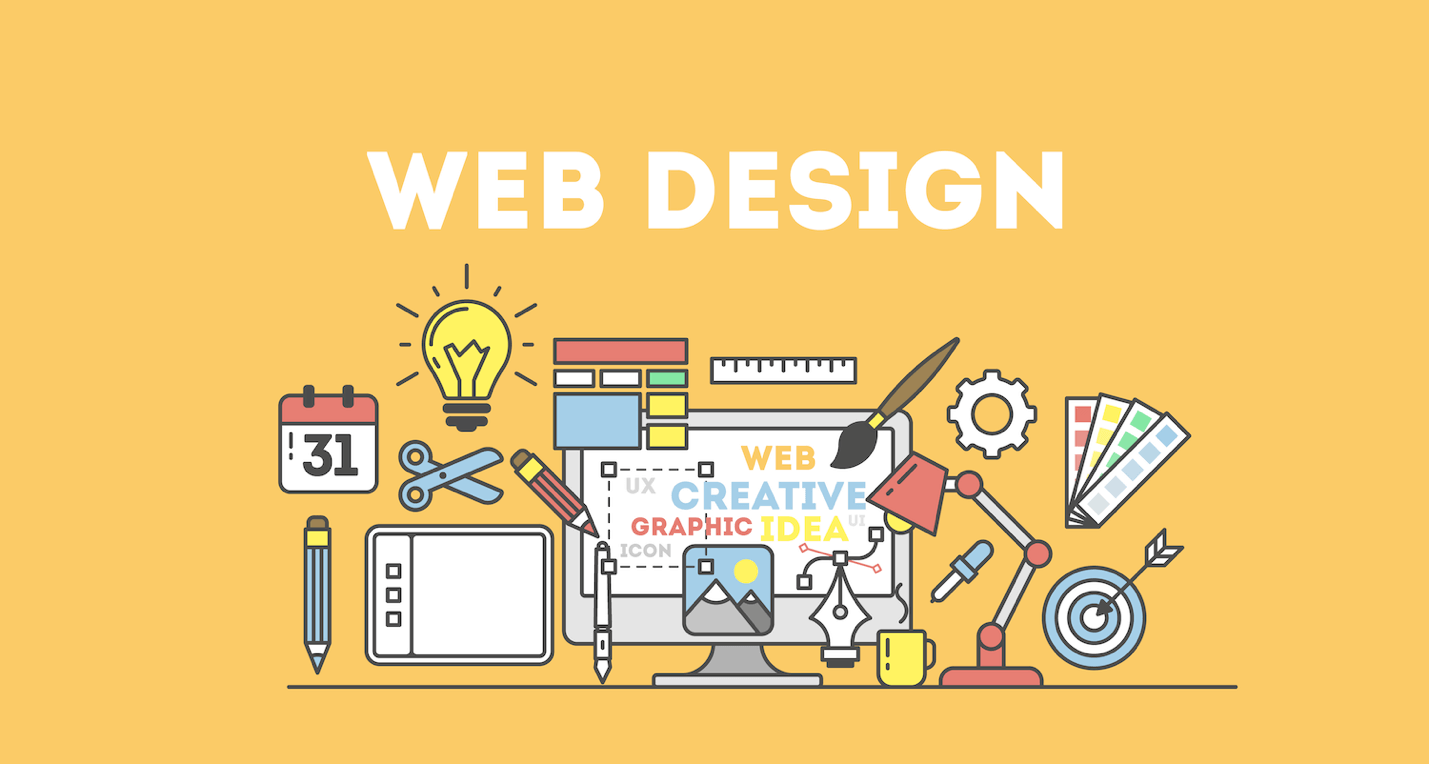Top Tips for Producing an Impactful Internet Site Layout That Converts
In today's electronic landscape, the significance of an impactful website layout can not be overstated, especially when it involves converting visitors right into customers. To accomplish this, one must take into consideration a variety of variables, including understanding the target audience, prioritizing customer experience, and optimizing for mobile platforms. Furthermore, the strategic use compelling call-to-actions and a distinct visual pecking order plays a crucial role in guiding customers via their trip. As we check out these essential elements, it becomes obvious that the success of your internet site pivots on even more than simply appearance; it requires a thoughtful strategy to style and performance.

Understand Your Target Market
Recognizing your target audience is fundamental to efficient internet site style, as it lays the foundation for developing an interesting customer experience. Recognizing that your individuals are, including their demographics, choices, and behaviors, allows designers to tailor the web site's web content, design, and capability to meet specific needs.
Carrying out extensive market research study is essential in this process. Surveys, interviews, and analytics can give valuable understandings into user assumptions and discomfort factors. By assembling this data, designers can create individual identities that stand for various sections of the audience, making sure that design decisions are informed and pertinent.
Additionally, comprehending the target audience helps in selecting suitable style aspects such as color design, typography, and imagery that reverberate with customers. A website that talks directly to its target market fosters a sense of connection and count on, urging longer gos to and higher conversion rates.
Ultimately, a user-centered method to web site style not just boosts customer fulfillment yet additionally sustains organization goals by driving involvement and loyalty. By prioritizing the needs and preferences of the target audience, a site can properly serve its function and attain desired end results.
Prioritize User Experience
To improve the overall performance of an internet site, focusing on individual experience (UX) is vital (Website Design). A well-designed UX makes certain that visitors can browse the website effortlessly, discover details swiftly, and engage with material meaningfully. This causes boosted individual contentment and greater conversion prices
Begin by applying instinctive navigating. Menus needs to be practically structured, allowing users to situate essential locations of the site with minimal initiative. Consistency in style elements, such as color pattern and fonts, cultivates familiarity, which is critical for maintaining customer engagement.
Additionally, consider the filling speed of your internet site. A delay of just a couple of secs can result in significant drop-offs, as customers are much less likely to await a slow-loading page. Simplifying photos and enhancing code can enhance efficiency and maintain site visitors.
In addition, clearness in content discussion is important. Usage concise, appealing language and separate text with visuals to enhance readability. By prioritizing user experience, you not just develop an extra delightful atmosphere for visitors but also strengthen your brand name's credibility. Eventually, a concentrate on UX is a financial investment in the long-term success of your website.
Optimize for Mobile Gadgets
Optimizing for mobile devices is essential in today's electronic landscape, where an enhancing variety of customers access web sites via smartphones and tablets. A mobile-friendly design not just boosts customer experience but likewise plays a significant duty in Recommended Reading boosting online search engine positions. To achieve this, it is necessary to embrace a receptive layout that instantly gets used to different screen dimensions and positionings.

Packing speed is one more vital factor; mobile customers are generally much less person and expect quick accessibility to info. Optimize pictures and leverage internet browser caching to boost efficiency. Lastly, test your web site on numerous gadgets and screen resolutions to recognize and correct any kind of prospective functionality problems. By focusing on mobile optimization, you ensure that your website remains competitive and efficiently involves a broader audience.
Use Engaging Call-to-Actions
A website's effectiveness often depends upon its ability review to assist site visitors towards preferred actions, making engaging call-to-actions (CTAs) crucial components of layout. CTAs serve as the critical points that guide users to involve with the site, whether that indicates making a purchase, registering for an e-newsletter, or downloading a source.
To create effective CTAs, clarity is critical. Use succinct language that plainly communicates the activity you desire the user to take.
Additionally, think about using directional hints, such as arrows or images, to assist individuals towards these switches. By focusing on these aspects, businesses can significantly improve customer engagement, driving conversions and ultimately achieving their web site's goals.
Emphasis on Visual Pecking Order
Efficient site style counts greatly on a well-structured aesthetic hierarchy that guides individuals via content flawlessly. By organizing aspects in a fashion that prioritizes details, designers can improve customer experience and facilitate decision-making. This includes making use of size, shade, contrast, and spacing purposefully to draw focus to one of the most vital components of a website.
Using larger font styles for headings and subheadings establishes a clear difference in between various sections, permitting customers to check material effortlessly. Additionally, employing contrasting shades for buttons and calls-to-action can record user focus and urge interaction. Whitespace is one more necessary element; it stops clutter and makes it possible for users to concentrate on crucial messages without disturbances.
Photos and graphics should complement the message while additionally sticking to the well established hierarchy, reinforcing the general message (Website Design). Uniformity in style aspects, such as color pattern and typography, more strengthens the aesthetic hierarchy, making navigating intuitive

Conclusion
In verdict, efficient internet site style requires an extensive understanding of the target audience, prioritization of individual experience, and mobile optimization. Eventually, a well-executed site layout offers as a crucial component in driving individual actions and achieving business objectives.